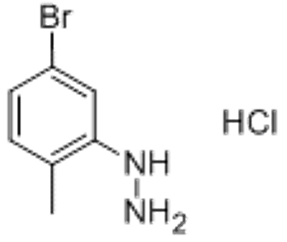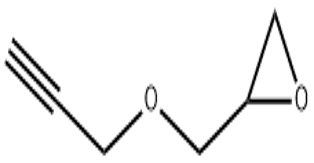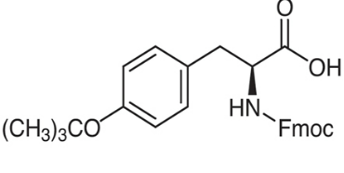Glutaraldehyde(CAS#111-30-8)
| Risk Codes | R36/37/38 – Irritating to eyes, respiratory system and skin. R42/43 – May cause sensitization by inhalation and skin contact. R34 – Causes burns R23 – Toxic by inhalation R22 – Harmful if swallowed R50 – Very Toxic to aquatic organisms R23/25 – Toxic by inhalation and if swallowed. R41 – Risk of serious damage to eyes R37/38 – Irritating to respiratory system and skin. R20/22 – Harmful by inhalation and if swallowed. |
| Safety Description | S23 – Do not breathe vapour. S26 – In case of contact with eyes, rinse immediately with plenty of water and seek medical advice. S36/37 – Wear suitable protective clothing and gloves. S45 – In case of accident or if you feel unwell, seek medical advice immediately (show the label whenever possible.) S36/37/39 – Wear suitable protective clothing, gloves and eye/face protection. S61 – Avoid release to the environment. Refer to special instructions / safety data sheets. |
| UN IDs | UN 2922 8/PG 2 |
| WGK Germany | 3 |
| RTECS | MA2450000 |
| FLUKA BRAND F CODES | 8-10-23 |
| TSCA | Yes |
| HS Code | 29121900 |
| Hazard Class | 8 |
| Packing Group | II |
| Toxicity | LD50 of 25% soln orally in rats: 2.38 ml/kg; by skin penetration in rabbits: 2.56 ml/kg (Smyth) |
Introduction
Glutaraldehyde, also known as valeraldehyde. The following is an introduction to the properties, uses, preparation methods and safety information of glutaraldehyde:
Quality:
Glutaraldehyde is a colorless liquid with a pungent odor. It reacts with air and light and is volatile. Glutaraldehyde is slightly soluble in water but soluble in most organic solvents.
Use:
Glutaraldehyde has a variety of uses. It can be used as a chemical intermediate in industry for the production of various chemicals. For example, it can be used in the synthesis of pesticides, flavors, plant growth regulators, etc.
Method:
Glutaraldehyde can be obtained by acid-catalyzed oxidation of pentose or xylose. The specific preparation method includes reacting pentose or xylose with acid, and obtaining glutaraldehyde products after oxidation, reduction and dehydration treatment.
Safety Information:
Glutaraldehyde is an irritating chemical and should be avoided in direct contact with the skin and eyes. When handling glutaraldehyde, protective gloves and goggles should be worn to ensure good ventilation. It should be kept away from fire and heat sources, as glutaraldehyde is volatile and there is a risk of combustion. During use and storage, relevant safety operating procedures must be followed to ensure safety and prevent accidents.








